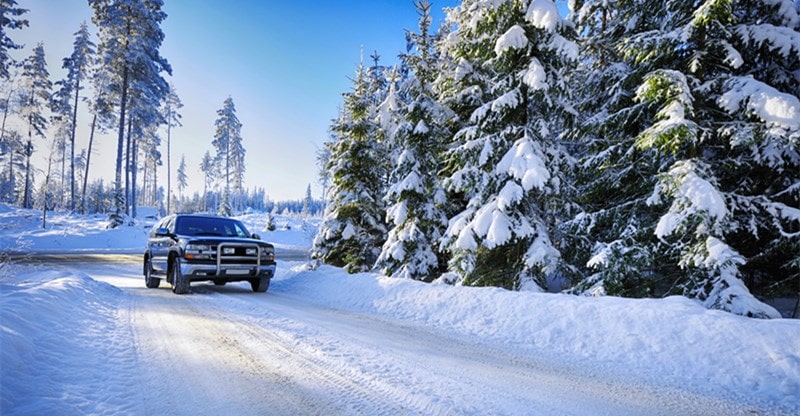What You Should Know About Driving in Canada
If you are an expat or a visitor to Canada and you intend to drive there, then there are certain things that you should know before you hit the road. You need to understand the rules of driving in this country as well as the different factors, such as weather conditions, that can impact your driving experience. Read on to learn what you should know about driving in Canada.
What Are the Driving Requirements in Canada?
A valid driver’s and auto insurance are basic requirements that you should have to be able to drive in Canada. However, if you are a holder of a United States driver’s license and insurance, they are also valid in Canada for six months. If you are staying longer than that, then, you may be required to change them to a Canadian license.
If you are a visitor from another country, it is recommended that you obtain an International Driving Permit (IDP) if you intend to stay for more than 6 months. All the same, you will also be required to buy insurance if you intend to rent a car.
Safety Measures
Car accidents are common in Canada and they usually lead to injuries and damage to property. When you are injured in an accident you may be entitled to get compensation, but you can successfully do this if you have sound legal advice and representation.
Likewise, you need details of a reliable car accident lawyer that you can contact should you get involved in an accident. The aftermath of a car crash is stressful since you need to seek medication, recover from your injuries, manage financial burdens, as well as a loss of income.
All these things should be compensated, and this is when an accident attorney comes in handy to facilitate fair compensation that you deserve after a car accident.
Winter Driving
Driving in winter in Canada can be challenging due to elements like black ice, snow, as well as whiteout conditions that affect even seasoned drivers. When there is heavy snow, the roads are usually slippery which makes it difficult to drive.
Therefore, make sure that your vehicle is fitted with winter tires since they give you good traction on the roads. It is important to check weather conditions before you set out for your journey.
Additionally, you should ensure that you have emergency numbers saved on speed dial when you intend to drive long distances during the winter season should anything happen. You should not forget to pack a travel kit in your trunk that includes a blanket, flashlight, ice scraper, as well as kitty litter for traction. Snow or tire chains are essential to give you maximum traction if you intend to drive through mountains.
Road Rules
In Canada, the basic rule that you should know is that all cars drive on the right side of the road. When overtaking you use the left side. The following are some of the rules of the road that you should know.
1. Signs and Symbols -The signs and symbols you should expect to find in Canada are universal and they are easy to follow as long as you understand the traffic rules in your native country.
However, you should expect to see many traffic lights since the roads are very efficient in terms of safety. You should also expect to see four-way stop signs and these may be confusing at first. The motorist who arrives at the stop sign first has the right of way.
2. Speed Limits- common speed limits are 50km/hr. or 31 miles/ hr. in cities, 80kph/50mph two-way lanes and 100kph/62mph highways
3. Seatbelt- every passenger should wear a seatbelt
4. Smoking- prohibited in vehicles with passengers 16 years or younger in most provinces
5. Cell Phone- use hands-free mode when driving
6. Alcohol- driving under the influence of alcohol is a criminal offense that can result in arrest, driving suspension as well as vehicle impounding.
7. Emergency- you can get roadside assistance in case of emergency
8. Right turn on red- unless prohibited, a right-hand turn on a red light is permitted in the greater part of Canada.
It is important to understand these road rules since they are designed to protect your safety while driving in Canada.
If you are planning to visit Canada and wish to drive there, then there are certain things that you should familiarize yourself with before you take to the road. You need to understand the driving requirements as well as the road rules in this country.
Weather conditions especially during the winter can also affect your driving experience since you can encounter elements like black ice and snow. You also need to take safety precautions and know what to do in case of an accident.



